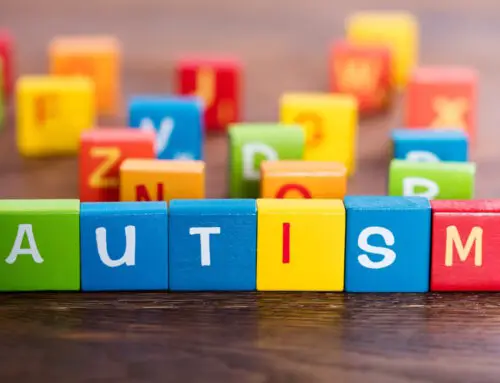I. Introduction
Autism, or Autism Spectrum Disorder (ASD), refers to a broad range of conditions characterized by challenges with social skills, repetitive behaviors, speech, and nonverbal communication. According to the Centers for Disease Control, autism affects an estimated 1 in 54 children in the United States today. This complex, lifelong developmental disability presents unique challenges that can significantly impact the lives of individuals and their families. Thankfully, the landscape of autism benefit support programs varies widely across states, providing a range of autism services tailored to the needs of those affected by the disorder. This article aims to give a comprehensive view of these disability benefits and services on both the national and state levels.
II. Autism Benefits: the National Overview
Across the nation, several service systems and support frameworks aim to improve the lives of those living with autism. Government agencies, non-profit organizations, and private foundations work in tandem to offer educational assistance, healthcare and disability benefits, and social support services.
Among the federal programs like Social Security Disability (SSDI), the Individuals with Disabilities Education Act (IDEA) mandates that public schools serve the educational needs of eligible students with disabilities. For autism, this includes free diagnosis, individualized education programs, and proper autism service resources for parents to navigate their child’s education. Additionally, federal laws such as the Affordable Care Act (ACA) have provisions ensuring health insurance coverage for behavioral health treatment, which includes autism services. Another critical piece of legislation is the Autism CARES Act, which fosters research, surveillance, education, detection, and intervention for those with Autism Spectrum Disorder.
III. Understanding Autism Benefits in Different States
There are varying autism benefits by state that each support frameworks of autism service to offer unique benefits that must be examined individually. Three different states—California, New York, and Texas—show distinct landscapes of autism resources and benefits.
A. Autism Benefits in California
In California, generous support and services are available to children and adults living with autism. The Lanterman Developmental Disabilities Act ensures that individuals with autism receive services for life if needed. The California Department of Developmental Services (DDS) provides statewide coordination of services. Meanwhile, non-profits like the Autism Society of California offer resources and advocacy support for individuals and families affected by autism.
B. Autism Benefits in New York
New York provides robust autism support via its Office for People With Developmental Disabilities (OPWDD), positively impacting people’s lives with autism and their families. New York State also houses numerous non-profit organizations, including the Autism Society of New York City and Autism Speaks, which provide information, resources, and advocacy around autism.
C. Autism Benefits in Texas
In Texas, the Autism Program provides state-funded grants for applied behavior analysis therapy (ABA therapy) services, an essential piece in treating autism. The Texas Health and Human Services Commission (HHSC) offers a variety of autism services, from direct behavioral health treatment to family training. Non-profit organizations such as the Autism Society of Texas also play a crucial role in many communities, offering resources like scholarships and emergency funds.
IV. Comparing Autism Benefits State By State
Although autism benefit programs broadly follow the stipulations of federal legislation, their implementation varies by state. For instance, while Texas prioritizes the provision of applied behavior analysis (ABA therapy) services through state-funded grants, California extends lifelong services via the Lanterman Act. The differences in both state laws and resources highlight the importance of understanding these developmental disability and autism benefits by state, as these differences can significantly impact service access and quality for individuals with autism and their families.
V. Case Study Examples
Case studies offer valuable insights into the real-world impact and success of autism support services. One such example is a family in California whose autistic child, after receiving early intervention via state-provided services and therapeutic care, showed marked improvements in communication, social behavior, and academic performance. Meanwhile, in Texas, a single mother of a child with autism received much-needed financial and emotional support through non-profit organization initiatives. These stories, among many others, highlight the profound impact that effective autism services can have on families.
VI. Resources Available
The availability of comprehensive resources can aid those seeking help for autism. On a national level, Autism Speaks offers broad tools and resources, from understanding a diagnosis to navigating adulthood with autism. State resources include the California DDS, New York’s OPWDD, and the Texas HHSC, which guide individuals and families through the range of services available. Beyond these, various non-profit organizations offer numerous autism resources such as community connections.
VII. Conclusion
Autism support and benefits vary significantly across states. This further emphasizes the importance of raising awareness and continuously advocating for enhanced autism support at all governmental levels. As the prevalence of autism continues to rise in modern society, improving accessibility, affordability, and effectiveness of autism services remains crucial in ensuring a better quality of life for those affected. It’s not just about having support systems in place—it’s about making sure these systems are flexible, comprehensive, and accessible to those who need them the most.




